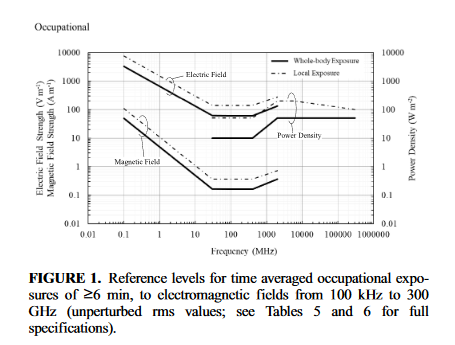I am in the process of developing a comprehensive operating procedure for conducting high-power tests in an anechoic chamber. This procedure will encompass various aspects, including the analysis and configuration of the High Power Wall, the setup and operation of the Infrared (IR) monitor, and the integration of a hypoxic system. Additionally, this procedure will be applied to perform auto-compatibility tests on a specific device.
I'm seeking guidance, insights, and references from the community regarding best practices, safety considerations, and any relevant standards or guidelines that should be taken into account when creating such a procedure. Your expertise and recommendations would be greatly appreciated as I work to ensure a robust and safe testing process in the anechoic chamber.
Thank you in advance for your valuable input.
